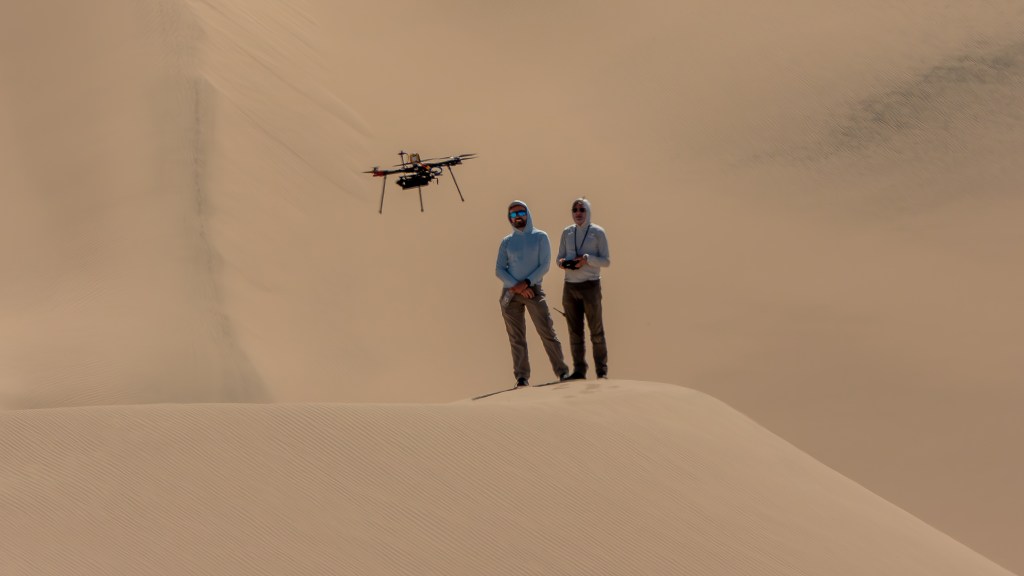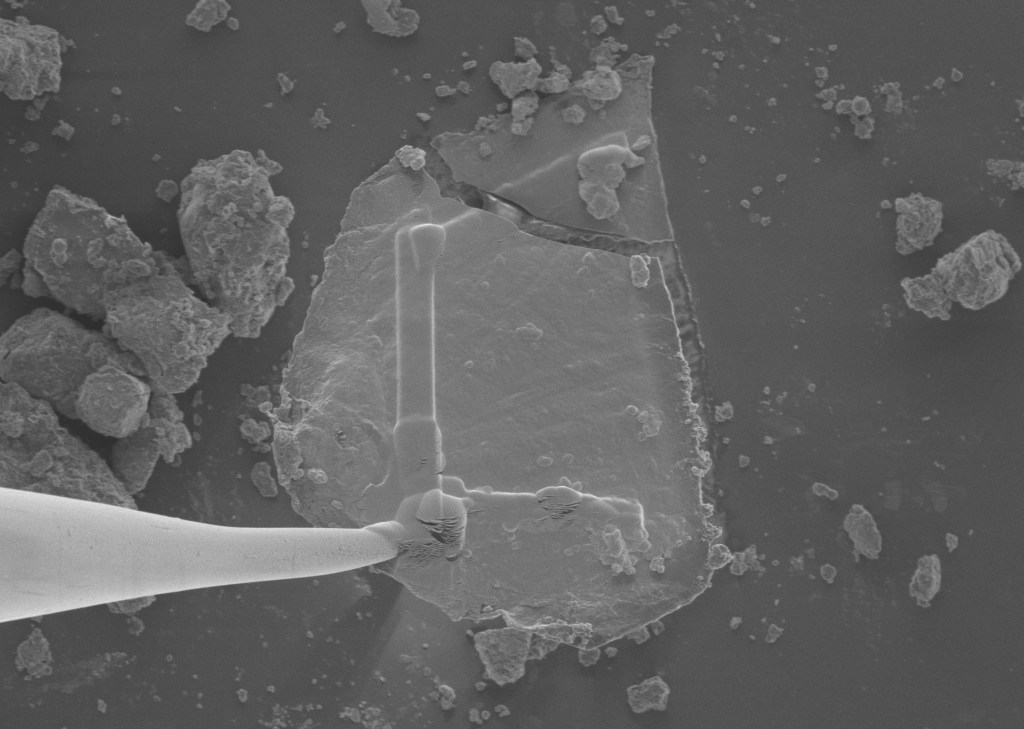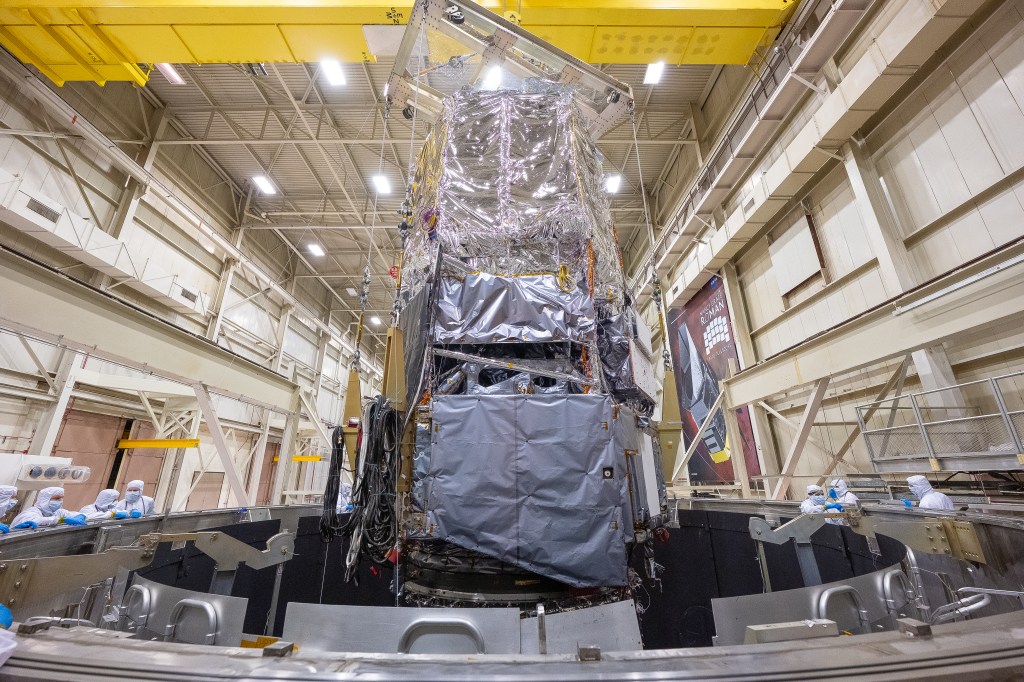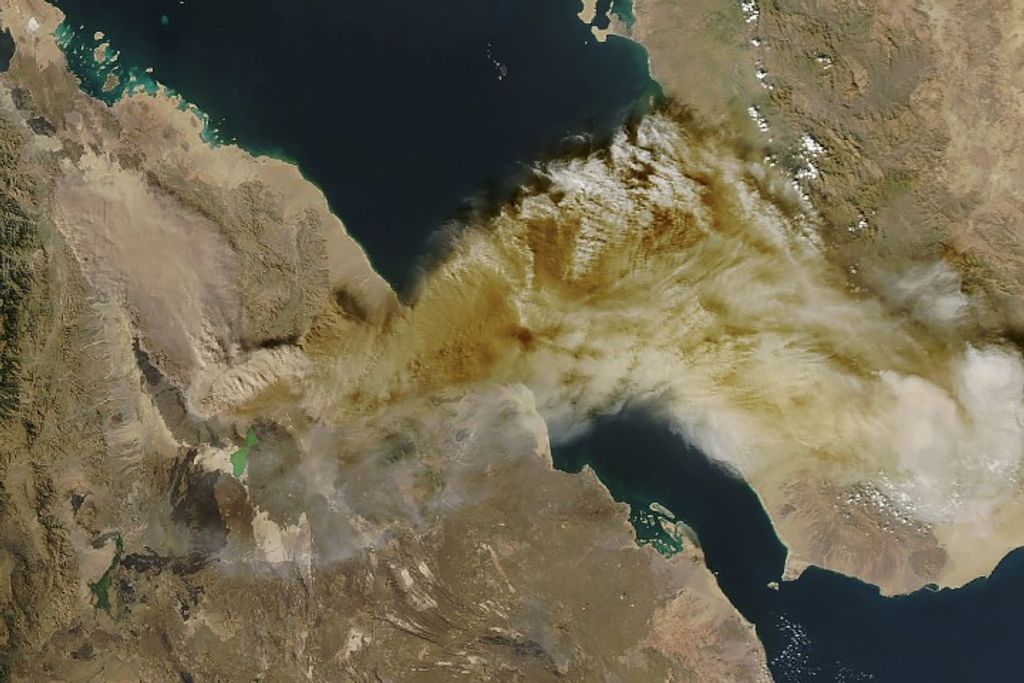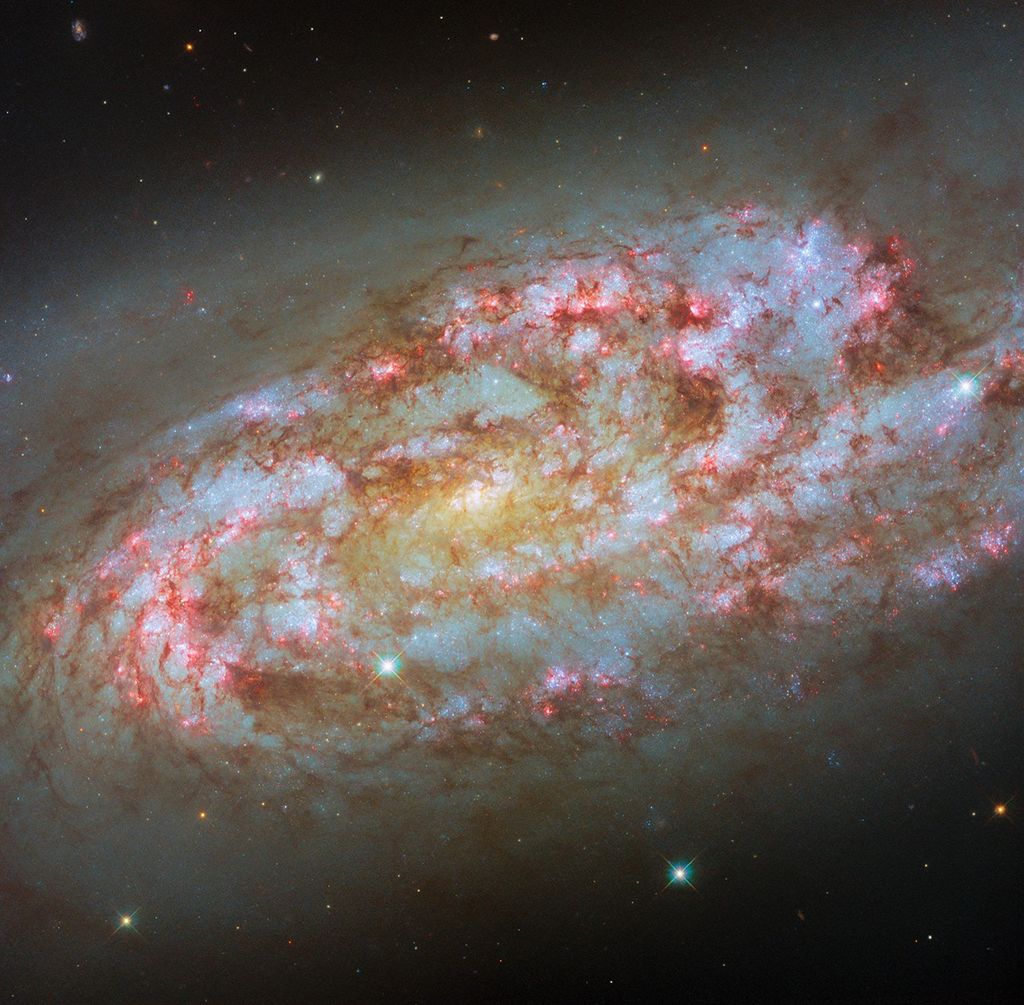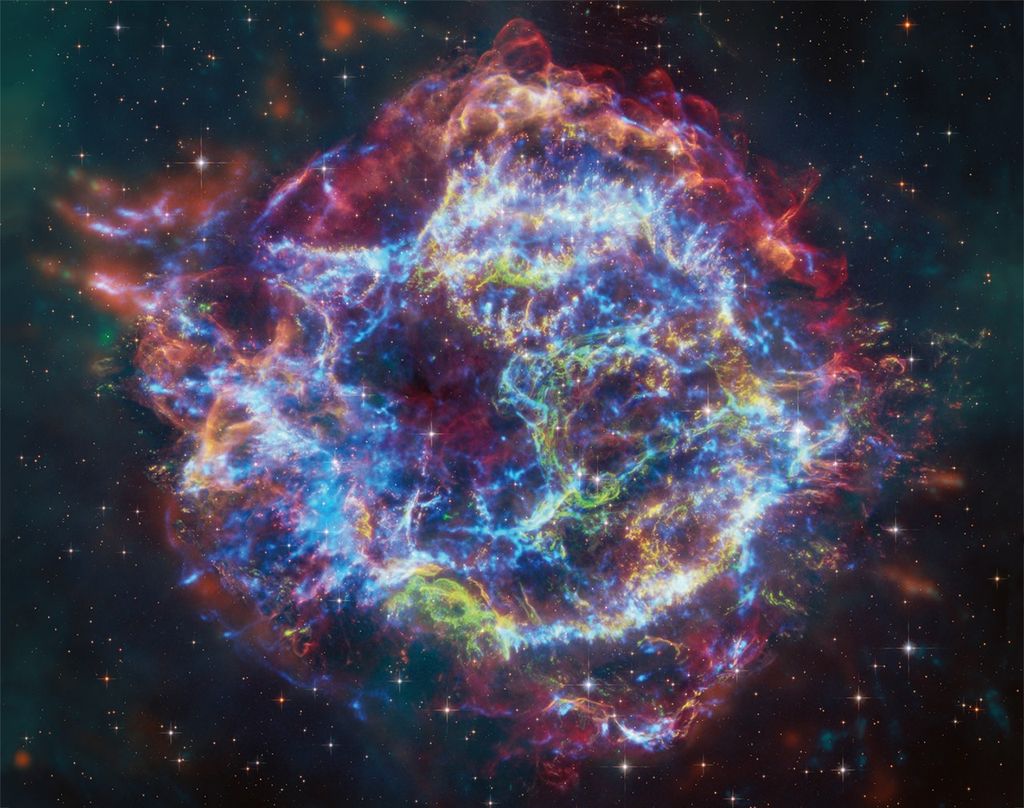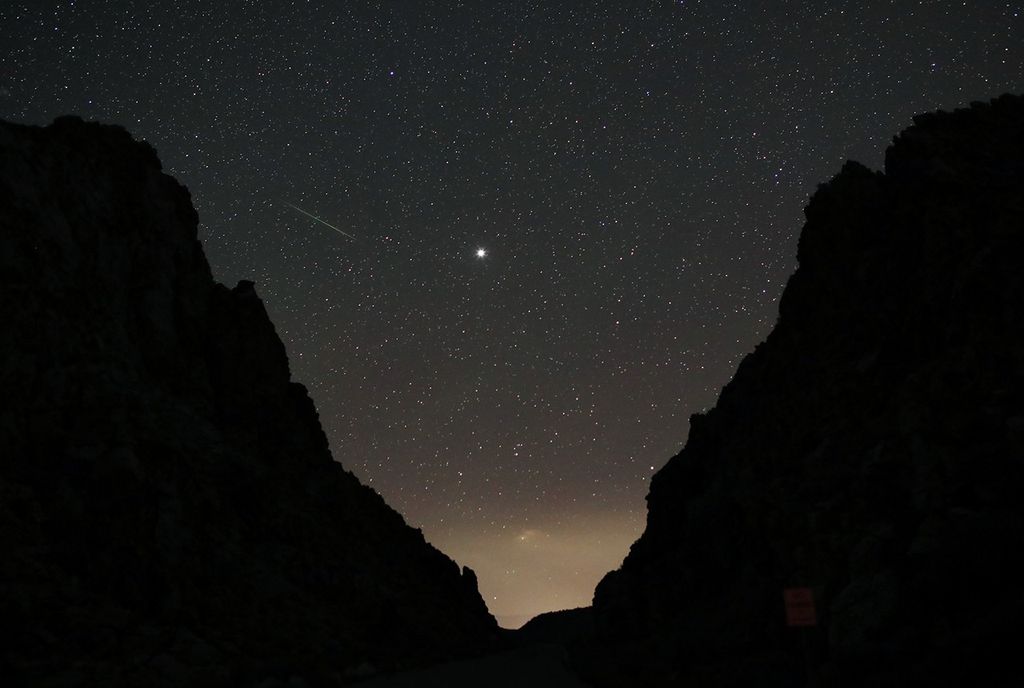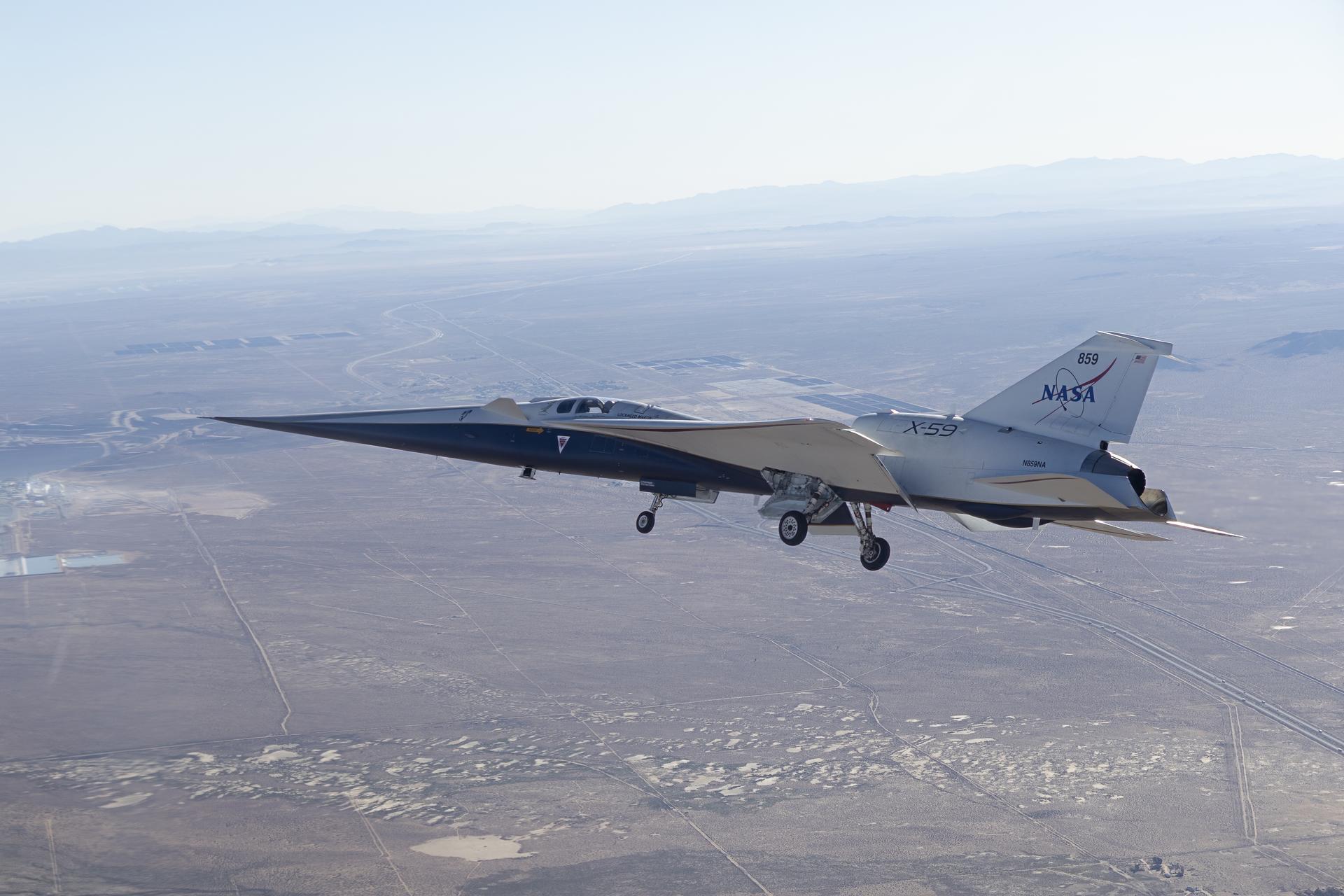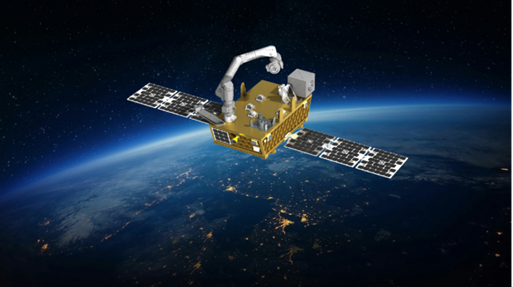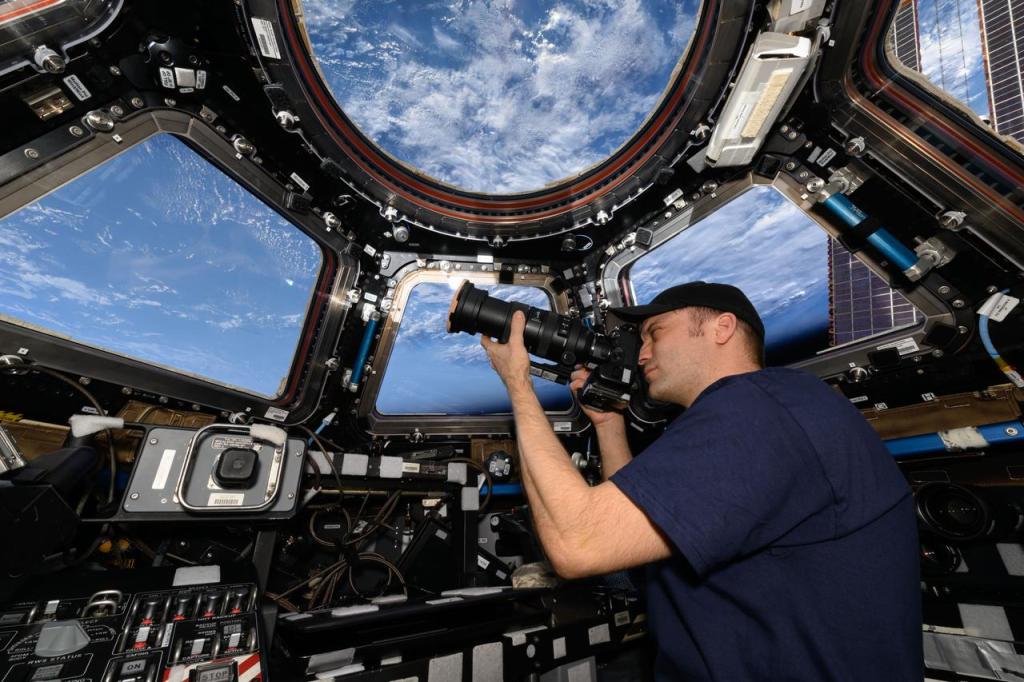1 min read
Jupiter Map

About the Object
- DistanceDistanceThe physical distance from Earth to the astronomical object. Distances within our solar system are usually measured in Astronomical Units (AU). Distances between stars are usually measured in light-years. Interstellar distances can also be measured in parsecs.The semi-major axis of Jupiter's orbit about the sun is 5.2 Astronomical Units (483 million miles or 778 million km).
- DimensionsDimensionsThe physical size of the object or the apparent angle it subtends on the sky.The planet has a diameter of roughly 88,789 miles (142,984 km) at the equator.
About the Data
- Data DescriptionData DescriptionProposal: A description of the observations, their scientific justification, and the links to the data available in the science archive.
Science Team: The astronomers who planned the observations and analyzed the data. "PI" refers to the Principal Investigator.HST Proposal: 11102 I. de Pater, P. Marcus, M. Wong, and X. Asay-Davis (University of California, Berkeley), and C. Go (University of San Carlos, Philippines). - InstrumentInstrumentThe science instrument used to produce the data.HST>WFPC2
- Exposure DatesExposure DatesThe date(s) that the telescope made its observations and the total exposure time.May 9-10, 2008
- FiltersFiltersThe camera filters that were used in the science observations.410 nm, 502 nm, and 673 nm
- Object NameObject NameA name or catalog number that astronomers use to identify an astronomical object.Jupiter
- Object DescriptionObject DescriptionThe type of astronomical object.Planet
- Release DateMay 22, 2008
- Science ReleaseNew Red Spot Appears on Jupiter
- CreditM. Wong and I. de Pater (University of California, Berkeley)

These images are a composite of separate exposures made by the WFPC2 instrument on the Hubble Space Telescope. Three filters were used to sample various wavelength ranges. The color results from assigning different hues (colors) to each monochromatic image. In this case, the assigned colors are: Blue: F410 M Green: F502 N Red: F673 N
Related Images & Videos

New Red Spot Appears on Jupiter
In what's beginning to look like a case of planetary measles, a third red spot has appeared alongside its cousins – the Great Red Spot and Red Spot Jr. – in the turbulent Jovian atmosphere. This third red spot, which is a fraction of the size of the two other features, lies to...
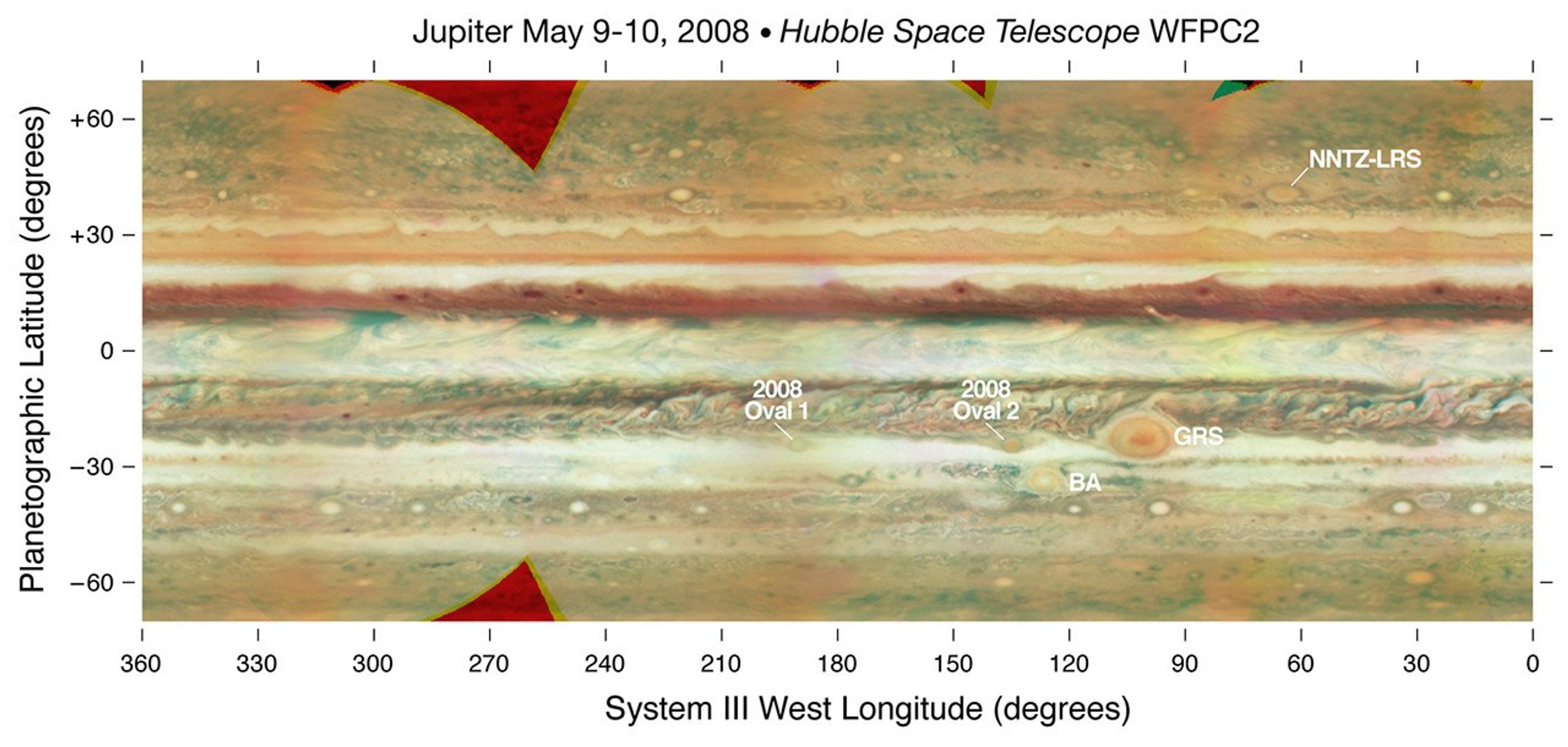
Jupiter Map – Annotated
False color cylindrical map of Jupiter, constructed from a set of images of the planet obtained with the WFPC2 on the Hubble Space Telescope. Individual frames were obtained on May 9 and May 10, 2008. The images were deprojected and mosaiced together. The map shows latitudes...
Share
Details
Claire Andreoli
NASA’s Goddard Space Flight Center
Greenbelt, Maryland
claire.andreoli@nasa.gov

